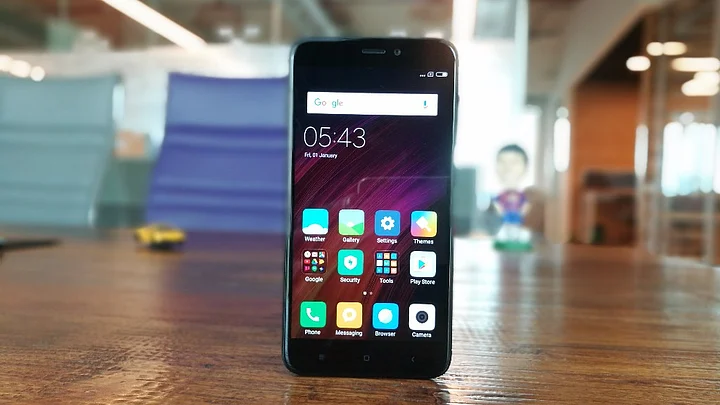Xiaomi leads the Indian mobile market with higher share than Samsung, but did you know these are also the top worst-performing brands in the segment in terms of failure rates and consequently visits to the service centre.
Yes, this has been put down in a report by Blancco, which also says that Xiaomi’s budget Redmi 4 smartphone leads the chart for a phone heading to the service centre for repairs.
The Redmi 4 with a failure rate of 9 percent, tops the list of worst performing mobile phones, which also includes a slew of devices from Samsung, two from Lenovo and one from HMD Global’s Nokia.
This report clearly shows that buying affordable phones with quality hardware does come with its set of caveats and in this case, it means regular spending on repairs.
In addition to the Redmi 4 leading the list, you’ve got Moto G5S Plus with 6 percent failure rate and Lenovo’s K8 Note with 5 percent. HMD Global’s Nokia 6 from last year has also made it to the list with 4 percent failure rate.
Interestingly, as this graph shows you, Samsung’s two high-end Galaxy S series phones; S7 and S8+ also feature on this notorious list, which is rather concerning, especially for those who’ve bought them.
Speaking of Samsung, the South Korean major gets to lead the list for worst performing phone brands. Worryingly for them, the gap between Samsung and Xiaomi, which is second on the list is staggering in this subject. While Samsung gets a failure rate of 34 percent, Xiaomi’s is a manageable 13 percent.
Samsung has led the Indian smartphone space for a long time, before Xiaomi came and took over the reigns. Samsung has been slow with quality budget offerings, still falling short with respect to hardware and what the consumer expects.
Is that the reason behind Samsung’s ailing position in this report? If that’s the case then a quick remedy is the need of hour for it.
Older the iPhone, Worse it Becomes
Coming to the iPhones now, one would have expected Apple to have managed this situation better, but it turns out, it hasn’t. The Cupertino-based giant, which is still selling four-year old devices like iPhone 6 and 6S in markets like India, is paying a heavy price for its inefficiency.
That tall tower you see for the iPhone 6 means this is the worst performing iPhone model in the market. And we’re not surprised to see iPhone 6S and 6S Plus also making it to the list, as denoted by the Blancco report.
But when you look at other iPhone models like the 5S, which is older than the iPhone 6 and see them with a lower failure rate, you’re mildly puzzled. After all, how can a newer variant be less reliable than its predecessor? In this case, it is.
Also, the iPhone 8 Plus with an impressive 2 percent failure rate shows that Apple has improved over the years with its quality of hardware, but that does come with a steeper price tag.
All this clearly shows that being a market leader doesn’t mean that you can have lapses in after sales service. It’s high time that brands like Samsung and Xiaomi buck up, or else there are others waiting in the wing to pounce.
(At The Quint, we question everything. Play an active role in shaping our journalism by becoming a member today.)
